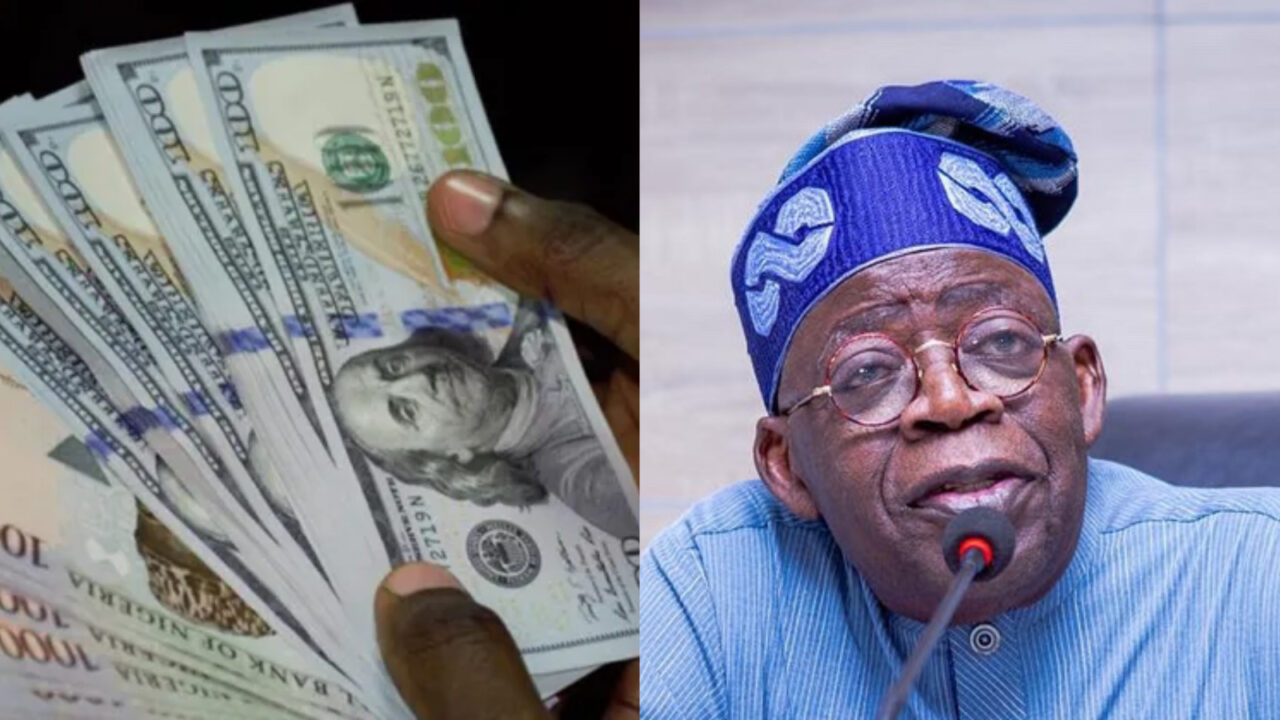Naira has fallen massively as the dollar index hit 6 months high.
Newsonline Nigeria reports that the dollar maintained almost six-month highs as lingering signs of inflation in the United States stoked lingering concerns about the hawkish Federal Reserve.
This Nigeria News platform understands that Nigeria’s official currency, Naira weakened to N930 to 1 dollar on Thursday in the unofficial foreign exchange (FX) market, known as the parallel market.
This decline was exacerbated by the inability of Nigerian banks to meet the growing demand for dollars, prompting buyers to turn to the parallel market.
The Central Bank of Nigeria’s (CBN) plan to clear foreign exchange debt in the next two weeks should restore confidence in the economy.
Folashodun Adebisi Shonubi, acting governor of CBN, said on Monday that the central bank has been discussing reducing the foreign exchange backlog for some time, “and we hope that we will get there after a while.” or two weeks,” he said.
The dollar remains at its highest since mid-March as the dollar index and dollar index futures have little movement in trading in London. Concerns about worsening global economic conditions also boosted safe-haven demand for the dollar.
At the time of writing, the US dollar index was trading at 104.8. The U.S. Dollar Index measures the value of the dollar in relation to a basket of other important currencies, including the Euro, British pound sterling, Swedish krona, and the Japanese yen.
The recent upsides on the index mean people wishing to fulfil foreign exchange payment commitments through dollar transfers to regions like Europe and Japan would have to fork over fewer dollars to do so.
Treasury rates with shorter maturities, which are more susceptible to fluctuations in the Fed’s rate, were several basis points higher on Wednesday. After increasing by over 6 basis points to 5.02%, the two-year yield was around 5.01%.
Data released overnight showed that activity in the US services sector increased more than expected in August, with the price index in the sector also continuing to rise.
These numbers have raised concerns about persistent inflation in the short term, prompting the Fed to maintain a hawkish stance.
A slew of Fed officials is expected to speak this week, offering more guidance on monetary policy ahead of a rate decision at the end of the month.
While the Fed is widely expected to keep rates unchanged, it should also reiterate its stance on sustainable rate hikes.
The strong U.S. labour market gives the U.S. Fed more ammunition to rein in inflation, continually adding pressure on frontier market currencies like the Nigerian naira as investors are increasingly flocking to safe-haven currencies.
For now, the dollar remains at the heart of the global financial system and US Treasuries remain the haven of choice.
In the SWIFT payment system, the share of dollar transactions exceeds 40%, giving it a dominant position.
The share of the euro is about 25%, while the share of the yuan is about 3%. But the dollar’s share of foreign exchange reserves was at a record 58% in early 2023, compared with 73% in 2001.
But old habits are unlikely to die. In a recent report, JPMorgan economists concluded that while “marginal de-dollarization” is happening, it won’t happen quickly.
The dollar, despite all its flaws, is simply too entrenched in global transactions to be quickly converted to another currency.















